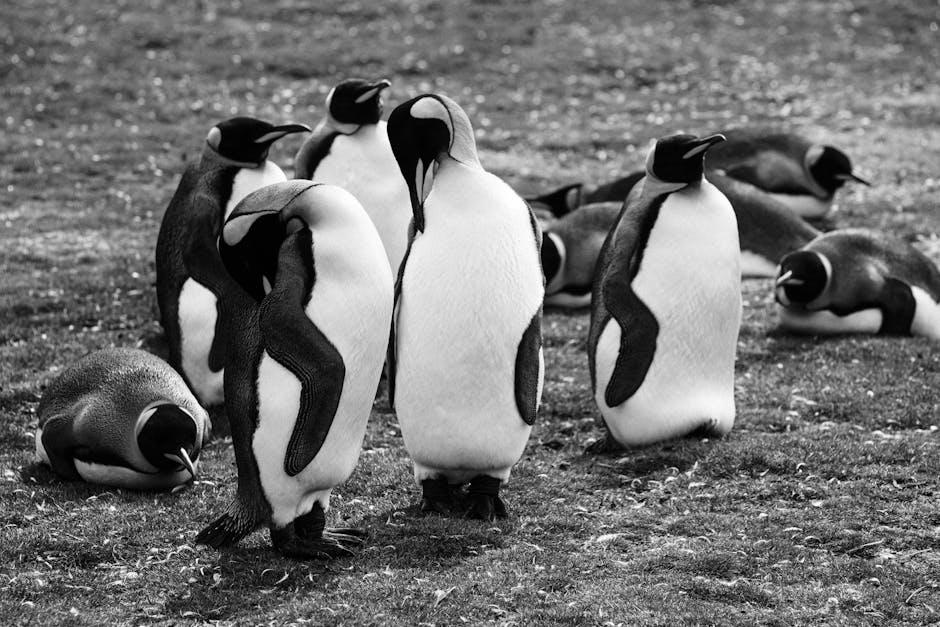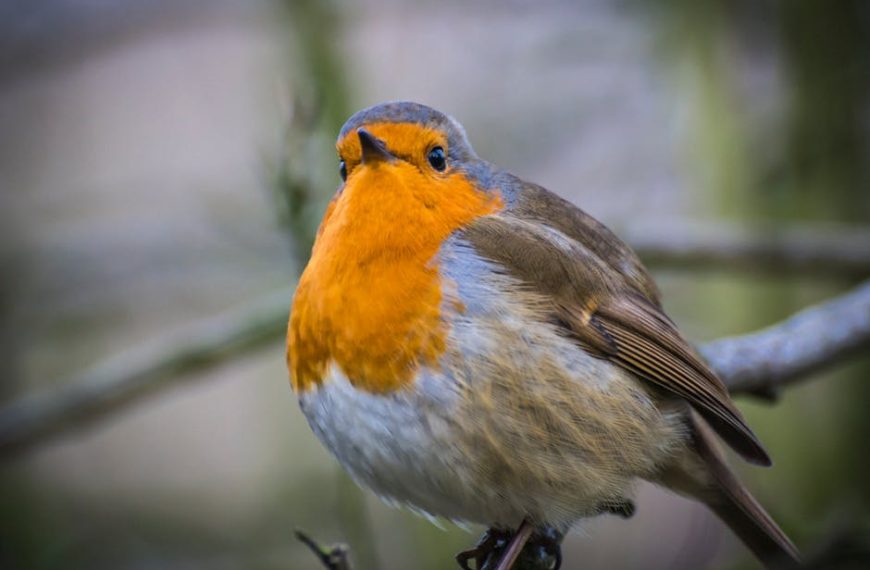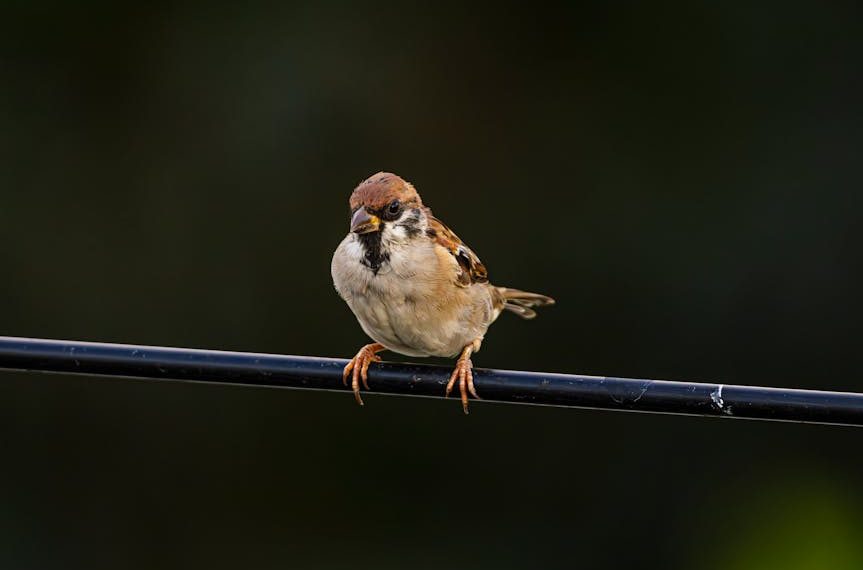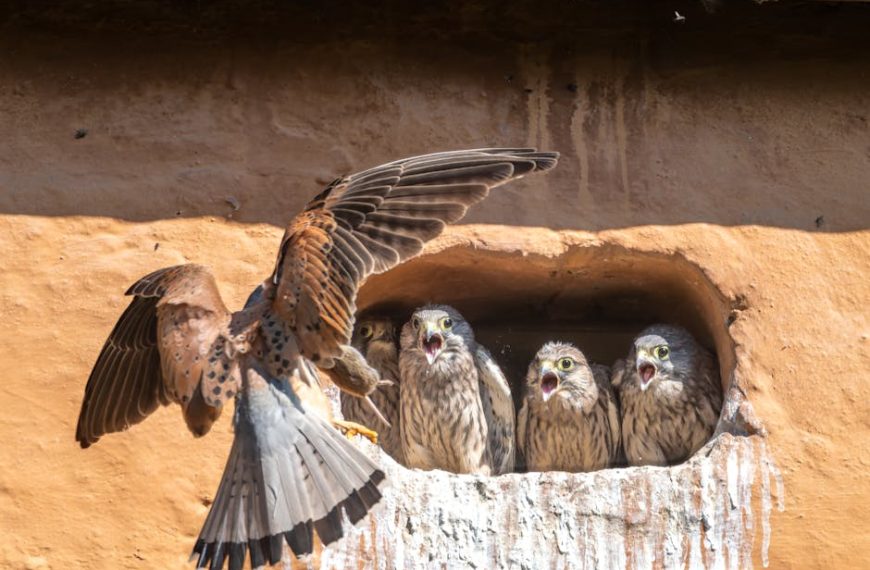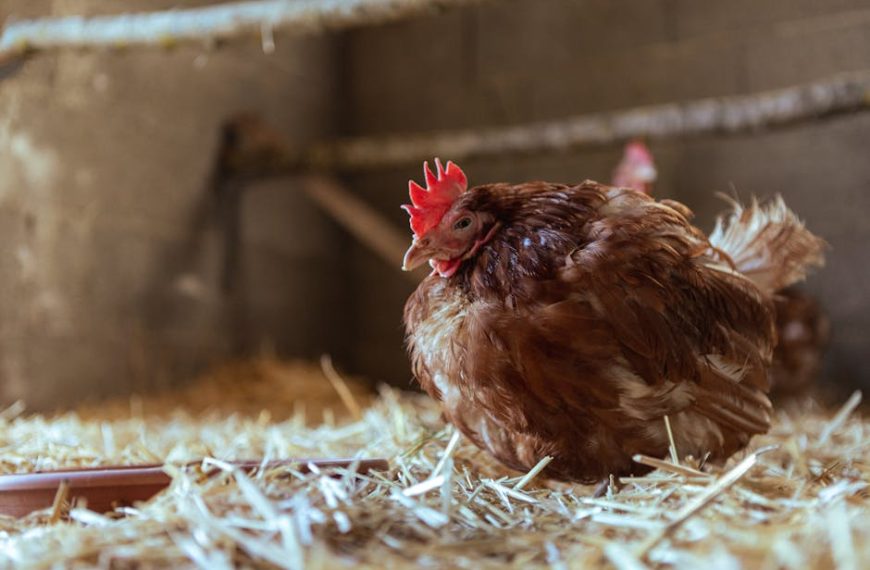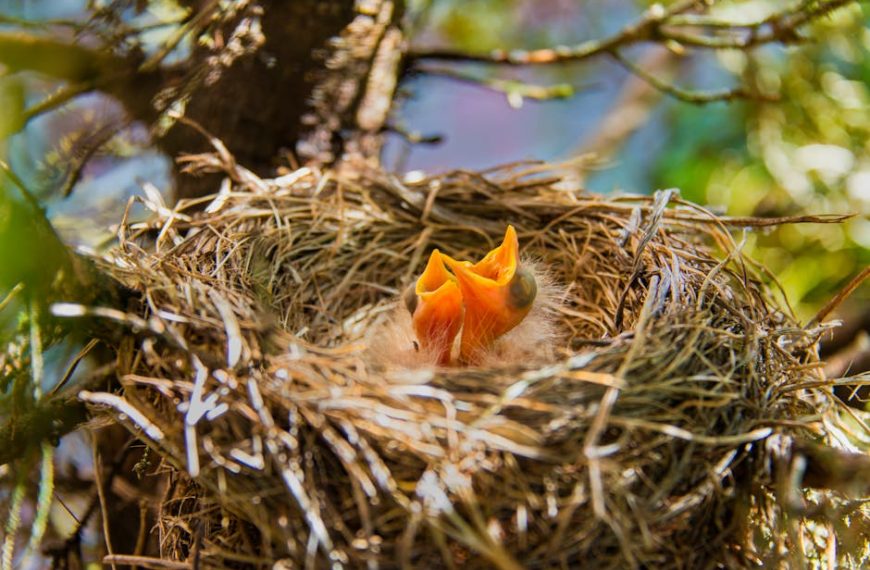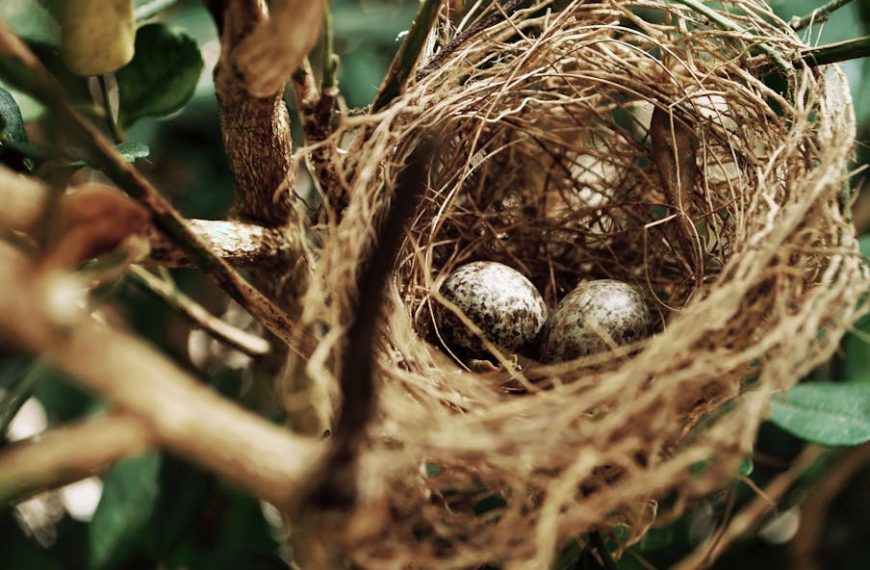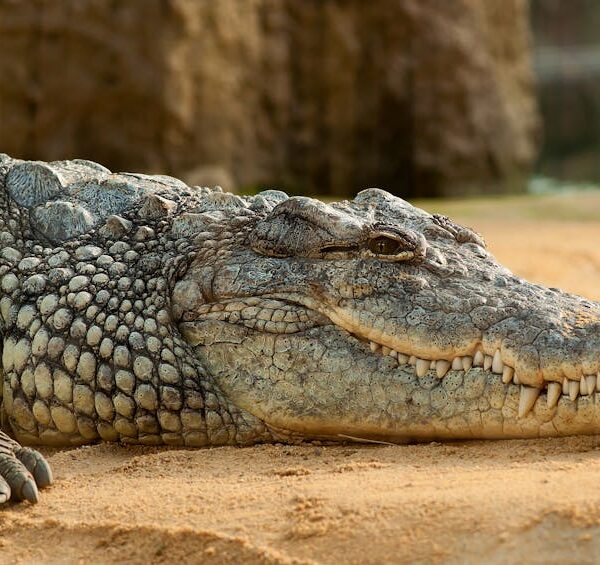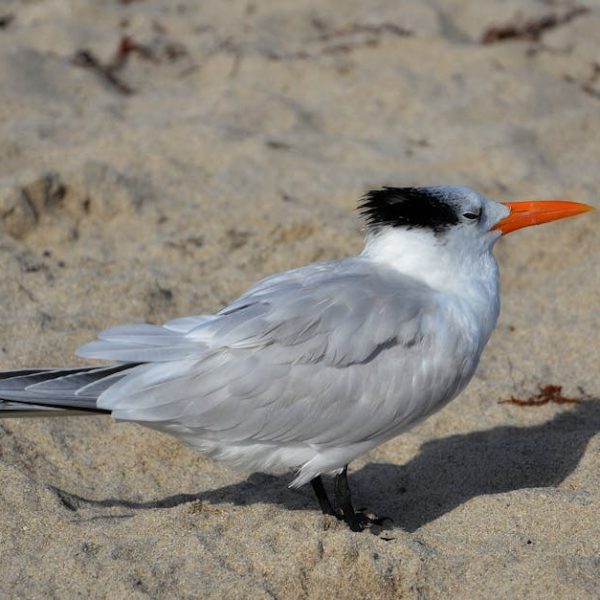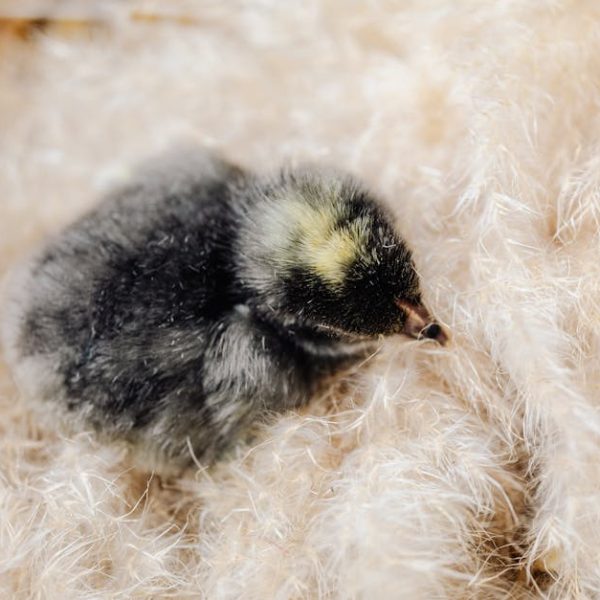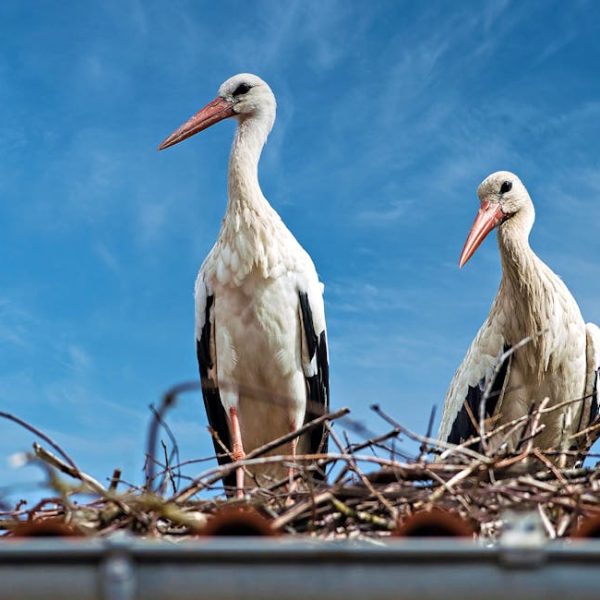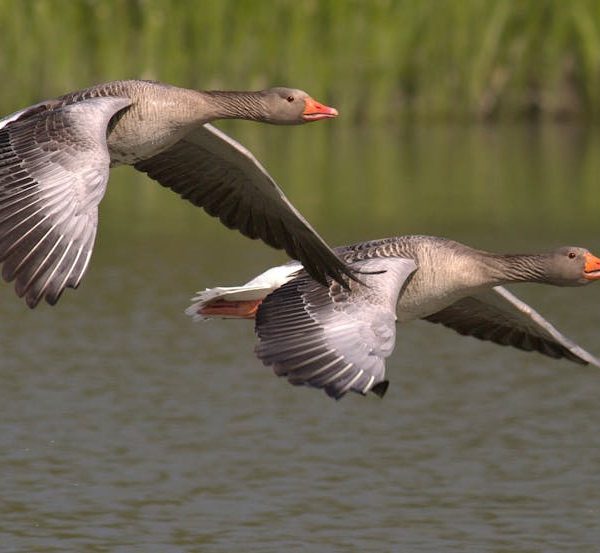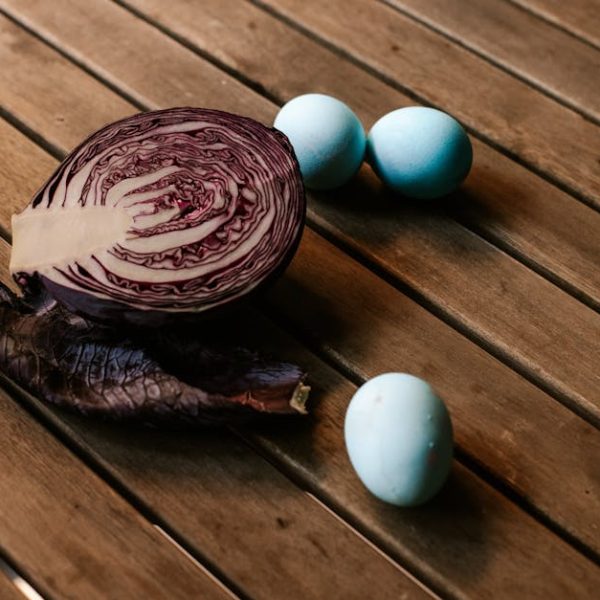The wonders of nature are innumerable, and birds making eggs is a splendid example of this. The marvel of how a tiny cell grows into a fully formed bird within a beautifully designed and sturdy shell has fascinated people for centuries. Responding to the question ‘how do birds make eggs’ requires an in-depth dive into the biology and life-cycle of our avian friends. As we delve into each stage of egg formation, from the spark of reproduction to the hatching of new life, we will uncover a captivating, intricate process.
Understanding Avian Reproduction
The mystery of avian reproduction begins with realizing that bird reproduction is quite different from that of many land-dwelling animals. Unlike most mammals, birds do not carry their offspring in utero; instead, their young develop outside their bodies, within hard-shelled eggs. This process begins inside the female bird’s body, specifically within two vital organs: the ovary and the oviduct.
The ovary contains all of the yolks, or oocytes, that a bird will ever lay, each encapsulated within a tiny follicle. In contrast, the oviduct serves as an intricate assembly line, shaping and structuring each element of the egg as it journeys through the different segments of this organ.
✨ Pro Tip: Understanding bird reproduction requires contextualizing egg-laying within the broader avian reproduction cycle. Birds’ egg-laying process is directly linked to seasonal cues, nutrition availability, and mate selection.
How A Bird’s Egg Begins: The yolk formation
The genesis of an egg starts with the formation of the yolk in the ovary. Certain hormones, specifically estradiol and luteinizing hormone, stimulate the growth of a follicle within the ovary. As the follicle grows, the yolk inside it matures, incorporating proteins, vitamins, and fats sourced from the bird’s bloodstream.
Here are the key steps in yolk formation:
- A yolk starts as a tiny cell within a follicle in the bird’s ovary.
- Under the influence of hormones, the follicle begins to grow and the yolk within accumulates nutrients.
- Once it has fully matured, the yolk is released from the ovary in a process called ovulation.
- Following ovulation, the yolk begins its journey through the oviduct.
Journey through the Oviduct: Shell Formation
Once the yolk is released from the ovary, it enters the oviduct, where the rest of the egg — the egg white (albumen), membranes, and shell — are formed. As the yolk travels through the different sections of the oviduct, it is coated with a layer of nutrients, including albumen, and shielded with inner and outer shell membranes. The final layer, the hard calcium-infused shell, is added in the shell gland or uterus segment.
Best Practice: It’s important to note the role calcium plays in shell formation. A lack of calcium in a bird’s diet would harm the strength and quality of her egg’s shell, indirectly affecting the survival chances of her offspring.
The Final Touch: Pigment and Laying the Egg
All that’s left once everything else is in place is the final flourish – the addition of colour and patterns. This step doesn’t happen for all eggs, as it varies by species. For those that it does apply to, pigments produced by the bird’s body are applied to the shell as a finishing touch before the egg is laid. The pigmentation pattern and colouring can be influenced by the bird’s genetics, diet, and stress levels.
Here is a quick checklist of factors influencing egg color and patterns:
- Species: Different bird species produce different egg colours.
- Health: A healthy bird is more likely to lay colourful eggs.
- Diet: Certain foods can vary the pigmentation of the eggshell.
- Environment: Stress and environmental factors can influence egg colour.
Finally, the egg is laid, typically in the safety of a nest ready for incubation.
How the Embryo Develops
Not all eggs develop into chicks – only those that have been fertilized will. Fertilization takes place within the shell, where the sperm merges with the yolk’s germinal disc to form a zygote. This zygote then starts to divide and grow with the eggshell providing protection and the yolk providing nutrients.
Simultaneously, incubation is crucial in this process. The warmth stimulates the embryo’s development and after approximately 21 days, a chick is ready to peck its way out of the shell – a process known as hatching.
Here are a few pros and cons regarding bird egg development:
– Pros:
– The bird’s body is not burdened with carrying the growing offspring.
– Eggs, when well camouflaged and incubated, can be safe from some predators.
– Cons:
– Incubation requires a significant investment of time and energy.
– Eggs are vulnerable to extreme weather conditions and predators.
Final Comparison: Bird Egg Development vs In Utero Development in Mammals
| Birds | Mammals | |
|---|---|---|
| Location of development | External – in a shell | Internal – in the womb |
| Protection | Shell provides protection | Womb and body of the mother provide protection |
| Nutrients | Provided by the yolk | Provided by the mother’s body |
| Incubation / Gestation Period | Short – typically around 21 days | Long – varies by species e.g., around 280 days in humans |
In the end, both processes are beautiful and unique in their own ways, carrying the same end goal – bringing new life into the world. Whether incubated externally, or growing internally, reproduction remains one of nature’s most captivating rituals.
Key Takeaway:
- Birds have a distinct method of reproduction, where offspring develop outside their bodies, within hard-shelled eggs.
- The egg production involves different parts of the bird’s body, primarily the ovary and oviduct.
- The initial phase involves the formation and maturing of the egg yolk in the ovary.
- Once the yolk is released from the ovary, it travels through the oviduct where the egg white (albumen), membranes, and shell are formed.
- The final touch involves the addition of colour and patterns on the eggshell through pigments produced by the bird’s body.
- For an egg to develop into a chick, it needs to be fertilized. Incubation stimulates the growth of the embryo, leading to the hatching of a chick.
- Bird egg development has its own benefits and challenges when compared to in utero development in mammals.
The process of birds creating eggs is a marvel of nature, showcasing the intricate and tactful ways by which life is reproduced in the natural world. Understanding this process helps us appreciate and respect the complexity of life and the marvels of wildlife.
FAQs
Q: How does the diet of a bird affect egg production?
A: The diet of a bird is vital for egg production. It needs to be balanced and nutritious to support the formation and growth of the egg. Certain nutrients, like calcium, are crucial for the formation of the egg’s shell.
Q: What are the factors affecting the color and pattern of an egg’s shell?
A: The color and pattern of an egg’s shell are primarily influenced by the bird species, the bird’s health and diet, and environmental factors like stress and habitat.
Q: How long does it take for a bird’s egg to develop into a chick?
A: While the incubation period can vary among different bird species, it typically averages around 21 days from fertilization to hatching.
Q: What are the pros and cons of egg development in birds?
A: A few advantages of egg development in birds are that the bird’s body is not burdened with carrying the growing offspring, and that eggs, if well camouflaged and incubated, can be safe from some predators. However, the process also has challenges such as the significant investment of time and energy required for incubation, and vulnerability of the eggs to extreme weather conditions and predators.
Q: What happens to eggs that are not fertilized?
A: Not all eggs develop into chicks. Only those that have been fertilized will harbour life. Eggs that have not been fertilized will not lead to new offspring.
Encourage your friends and loved ones to understand more about the fascinating world of birds by sharing this article. You can explore more intriguing posts on our website.
